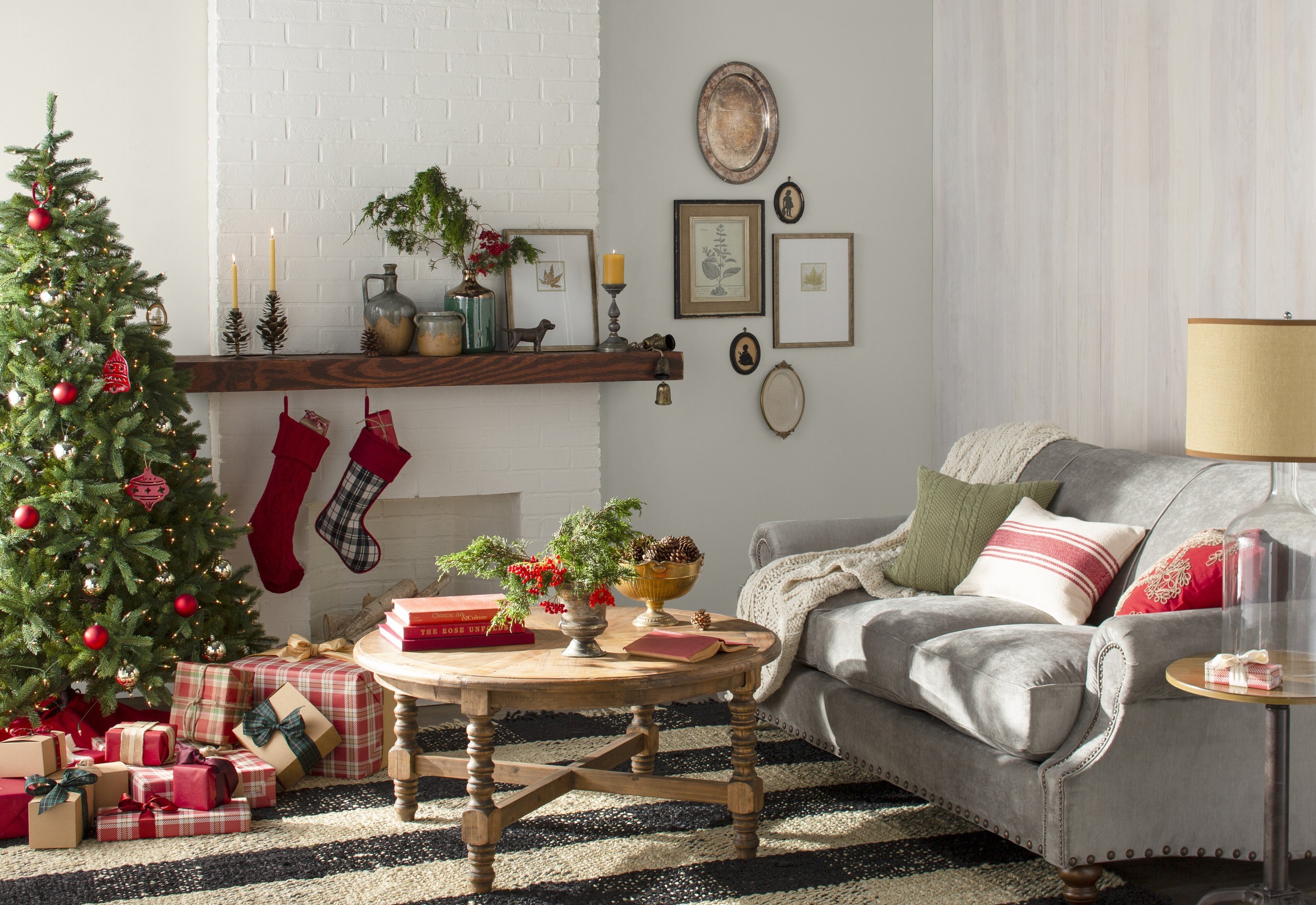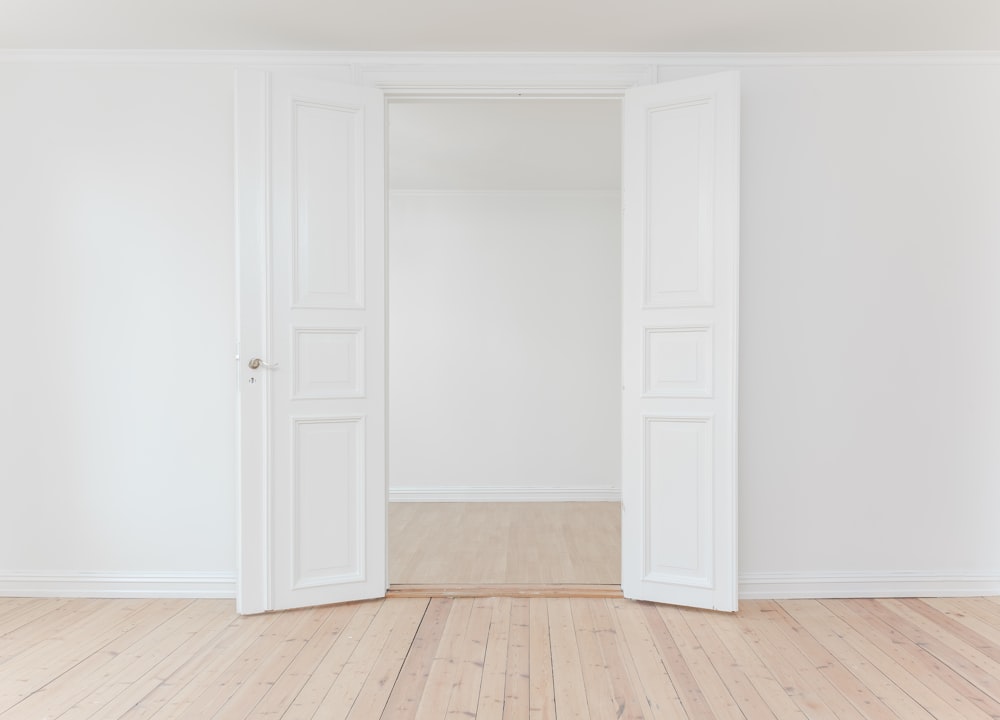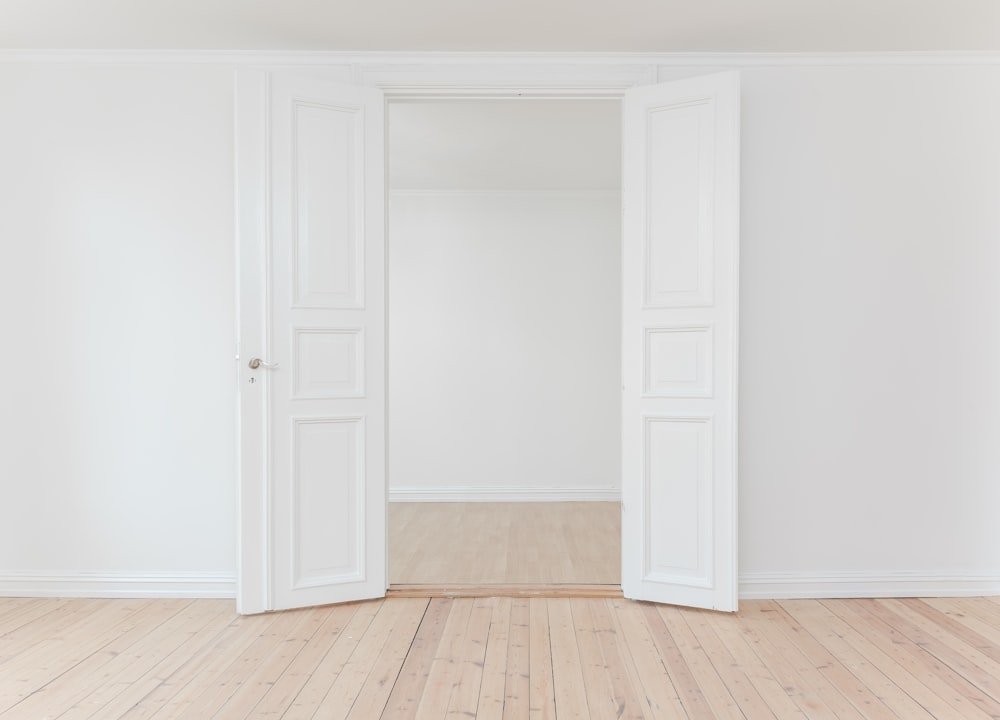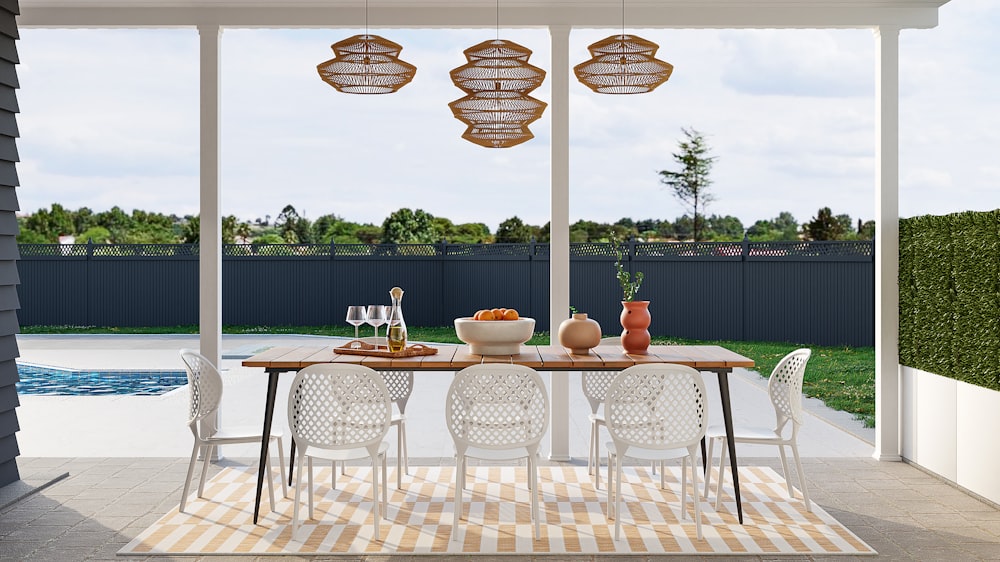
Sustainable Kitchen Design Ideas for Eco-Conscious Homes
Introduction
Designing a sustainable kitchen is not just about aesthetics; it’s about making conscious choices that minimize environmental impact and promote eco-friendly living. From choosing energy-efficient appliances to using eco-conscious materials, there are many ways to create a kitchen that aligns with your values of sustainability. Let’s explore some sustainable kitchen design ideas for eco-conscious homes.
Energy-Efficient Appliances
Investing in energy-efficient appliances is one of the most impactful ways to reduce your kitchen’s carbon footprint. Look for appliances with ENERGY STAR certification, which indicates they meet strict energy efficiency standards set by the U.S. Environmental Protection Agency. Opt for refrigerators, dishwashers, and ovens that use less energy and water while delivering top-notch performance, helping you save money on utility bills while reducing your environmental impact.
Smart Kitchen Technology
Embrace smart kitchen technology to optimize energy usage and streamline your cooking experience. Smart thermostats, lighting controls, and appliances allow you to monitor and manage energy consumption remotely, ensuring that your kitchen operates efficiently even when you’re not at home. Additionally, smart cooking devices such as induction cooktops and convection ovens offer precise temperature control and faster cooking times, further reducing energy usage and promoting sustainability.
Recycled and Reclaimed Materials
Choose recycled and reclaimed materials for your kitchen cabinets, countertops, and flooring to minimize waste and support sustainable manufacturing practices. Recycled glass countertops, reclaimed wood cabinets, and bamboo flooring are eco-friendly alternatives to conventional materials that add warmth and character to your kitchen while reducing your environmental footprint. Additionally, salvaged hardware and fixtures can add a unique touch to your kitchen design while promoting resource conservation.
Low-Flow Fixtures and Water-Saving Appliances
Conserve water in your kitchen by installing low-flow faucets, showerheads, and water-saving appliances. Low-flow fixtures use less water without sacrificing performance, helping you reduce water usage and lower your utility bills. Additionally, choose water-efficient dishwashers and refrigerators with built-in water dispensers that dispense just the right amount of water, minimizing waste and promoting sustainable water management practices.
Natural Lighting and Ventilation
Maximize natural lighting and ventilation in your kitchen to reduce reliance on artificial lighting and mechanical cooling. Install energy-efficient windows and skylights to bring in natural light and fresh air, creating a bright and airy atmosphere while reducing energy consumption. Additionally, consider installing a range hood with a vented design to remove cooking odors and moisture, improving indoor air quality and reducing the need for air conditioning.
Composting and Waste Management
Implement a composting system in your kitchen to divert organic waste from landfills and create nutrient-rich soil for your garden. Use a countertop compost bin to collect fruit and vegetable scraps, coffee grounds, and eggshells, then transfer them to an outdoor compost pile or bin for decomposition. Additionally, invest in recycling bins and containers for sorting and storing recyclable materials, helping you minimize waste and promote sustainable waste management practices in your home.
DIY and Upcycled Decor
Get creative with DIY and upcycled decor to add personal flair to your kitchen while minimizing waste. Repurpose old mason jars as




































